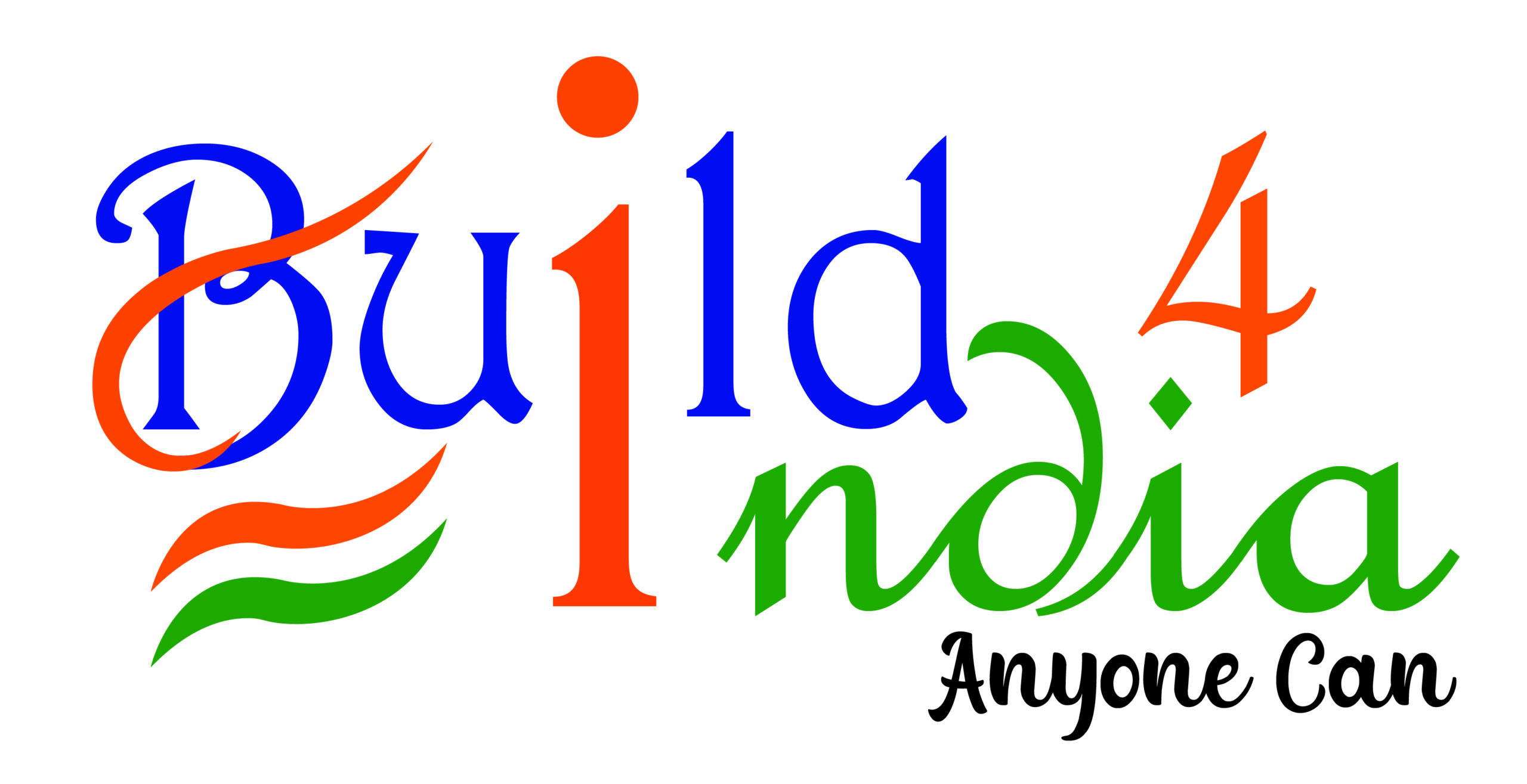Through millennia, the human quest for stillness has shaped both ancient wisdom and modern wellness. From early breath-centered practices to today’s science-backed relaxation tools, understanding this lineage reveals how the breath remains a timeless bridge to inner calm.
- Controlled breathing patterns have long influenced autonomic balance. Historical records show that breath regulation—through slow, rhythmic inhalations and exhalations—actively modulated the autonomic nervous system. For example, in ancient Indian yoga, pranayama techniques like *Nadi Shodhana* (alternate nostril breathing) were designed to balance sympathetic and parasympathetic activity, promoting equilibrium in the body. This intentional breathing directly calms the nervous system, reducing stress hormones like cortisol and fostering physiological coherence. Modern neuroscience now confirms this: studies using fMRI have demonstrated that controlled breathing activates the prefrontal cortex, enhancing emotional regulation and dampening amygdala-driven stress responses. This aligns with ancient insight—breath as a physiological lever for inner stability.
- Ancient breath techniques were sacred tools within meditation traditions. In Buddhist monastic practice, *Anapanasati*—mindful attention to the breath—served as a gateway to deep concentration and insight. Similarly, Taoist *Qigong* and Sufi *dhikr* rituals used rhythmic breathing to dissolve egoic thought and access meditative states. These practices were not merely techniques but spiritual disciplines, embedding breath as a living connection to consciousness expansion. What once guided monks into transcendence now informs modern mindfulness-based stress reduction (MBSR), where breath awareness anchors practitioners in present-moment presence—bridging sacred roots with secular application.
- Modern relaxation integrates ancient breathwork into accessible daily tools. The secularization of breath practices has led to widespread adoption in wellness, psychology, and performance training. Apps, clinics, and corporate wellness programs now emphasize breathwork as a portable method for stress resilience. Scientific validation—such as research from the Stanford Center for Mindfulness—shows that even 5 minutes of intentional breathing lowers heart rate variability and enhances emotional regulation. This secular shift honors ancestral wisdom while grounding it in measurable outcomes, making ancient techniques relevant to contemporary lives.
- Practice 4-7-8 breathing: inhale 4 sec, hold 7 sec, exhale 8 sec—evoking yogic rhythm for calm
- Box breathing: equal counts of inhale, hold, exhale, pause—used by Navy SEALs for mental focus
- Diaphragmatic breathing: deep belly breaths to engage the vagus nerve and reduce anxiety
The breath is the most immediate and intimate pathway to stillness—where body, mind, and spirit converge.
Recent studies published in _Frontiers in Psychology_ highlight how rhythmic breathing induces a coherent state of autonomic regulation, closely mirroring the effects described in Vedic and Taoist texts. This convergence of ancient insight and modern science underscores breathwork as a vital bridge between tradition and innovation in cultivating lasting relaxation.
| Breathwork Technique | Origin/Historical Roots | Modern Application | Key Benefit |
|---|---|---|---|
| 4-7-8 Breathing | Yogic and Ayurvedic traditions | Quick stress relief, improved sleep | Activates parasympathetic response |
| Anapanasati | Buddhist meditation | Enhanced concentration, emotional balance | Deepened meditative focus |
| Box Breathing | U.S. Navy SEAL training | Mental clarity under pressure | Boosts resilience and focus |
| Diaphragmatic Breathing | Taoist Qigong | Reduced anxiety, improved digestion | Vagus nerve stimulation |
To truly embrace stillness today, we return not to novelty, but to the timeless rhythm of breath—where past wisdom and present science meet in quiet, powerful alignment.
Return to the roots: where breath holds the legacy of calm
